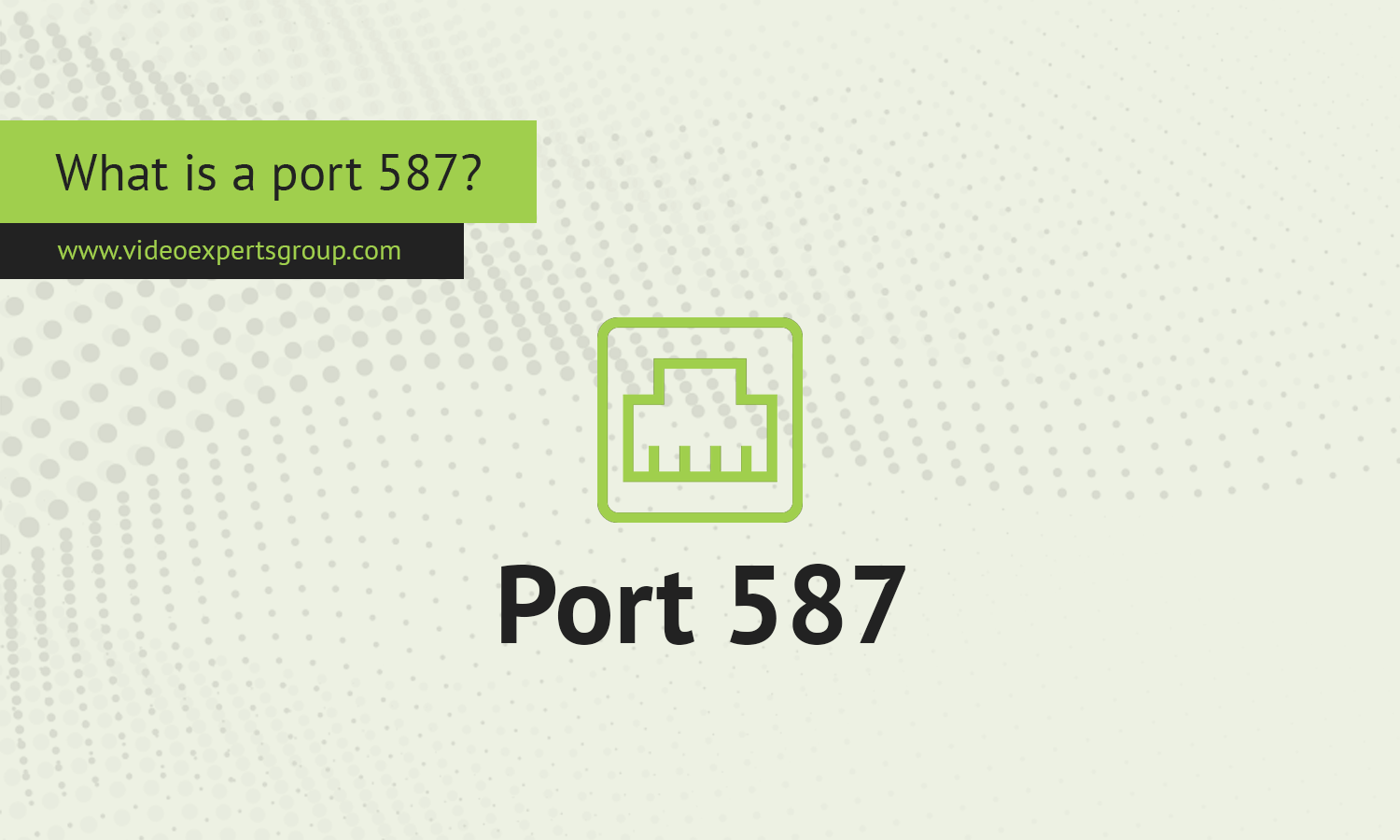In the world of networking and email communication, port numbers play a crucial role. These numerical identifiers help direct data to the right services on a server. One such port, port 587, is particularly important in the context of email delivery. Whether you're setting up an email server, configuring an email client, or troubleshooting email delivery issues, understanding what port 587 does and how it works is essential.
Meaning
Port 587 is one of the many Transmission Control Protocol (TCP) ports used by email systems. TCP ports are part of the broader TCP/IP protocol suite, which governs how data is transmitted over the internet. Specifically, port 587 is the standard port for submitting email messages. It is commonly referred to as the "Mail Submission Agent" (MSA) port.
When an email client, such as Outlook or Thunderbird, sends an email, it needs to connect to an email server. Port 587 is typically used by the client to submit the email to the server, which then processes and sends it to the intended recipient. This port is designated by the Internet Assigned Numbers Authority (IANA) as the default port for message submission.
What is Port 587 Used For?
Port 587 is primarily used for the submission of email messages from a client (like your email application) to a mail server. This process is part of the Simple Mail Transfer Protocol (SMTP), which is the standard protocol for sending emails across the internet.
Here’s how it works:
-
Email Submission: When you hit "send" on your email client, the email is handed off to your email server via port 587. This port ensures that the email is properly authenticated before it is sent out.
-
Authentication: Port 587 requires the email client to authenticate itself with the server, typically using a username and password. This step helps prevent unauthorized users from sending emails through the server, reducing the risk of spam and other malicious activities.
-
Secure Transmission: Port 587 supports Transport Layer Security (TLS), which encrypts the email data during transmission. This encryption helps protect sensitive information from being intercepted by malicious actors.
-
Compatibility: Most modern email servers and clients are configured to use port 587 for email submission, making it a widely supported standard across various platforms.
Vulnerabilities
While port 587 is widely used and crucial for secure email communication, it is not without its vulnerabilities. Understanding these risks can help in implementing better security measures:
-
Brute Force Attacks: Since port 587 requires authentication, it can be a target for brute force attacks. In such attacks, malicious actors attempt to guess the username and password combination to gain unauthorized access to the mail server. To mitigate this risk, it's important to implement strong password policies and limit the number of failed login attempts.
-
Man-in-the-Middle Attacks: If TLS encryption is not properly implemented, the data transmitted through port 587 could be intercepted by attackers in what is known as a Man-in-the-Middle (MITM) attack. To prevent this, ensure that your email server enforces TLS and uses up-to-date encryption protocols.
-
Misconfiguration: Improper configuration of port 587 can lead to vulnerabilities. For example, if the server allows unauthenticated access or if TLS is not enforced, it could open the door to spam or allow malicious actors to send emails on behalf of your domain. Regularly auditing your email server configuration can help prevent such issues.
-
Phishing and Spoofing: Attackers may attempt to exploit port 587 by sending phishing emails or spoofed messages that appear to come from a legitimate source. While this is not a direct vulnerability of the port itself, ensuring that your email server is configured to authenticate emails and block suspicious activity can help mitigate these risks.
Port 587 plays a vital role in the secure and efficient transmission of emails over the internet. By understanding its purpose and potential vulnerabilities, administrators can better protect their email systems from various threats. Proper configuration, regular audits, and the use of strong authentication and encryption protocols are key to ensuring that port 587 remains a secure and reliable part of your email infrastructure.
















